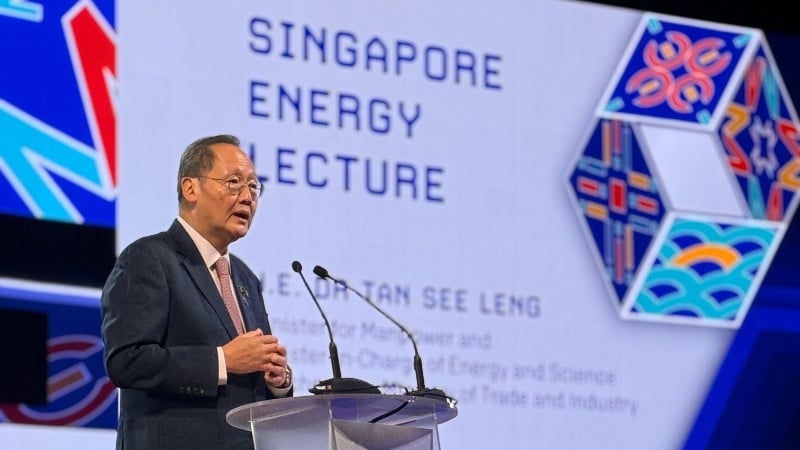
The Singapore International Energy Week (SIEW) 2025 kicked off this morning (October 27) at the Marina Bay Sands Convention and Exhibition Centre in Singapore. Many international and regional energy leaders as well as experts in the field gathered to discuss urgent strategies to address the energy development dilemma, in the context of Southeast Asia's energy demand expected to increase at a dizzying pace.
Topics discussed during the event revolved around enhancing grid connectivity, promoting next-generation nuclear energy, and building resilient supply chains.
The Electric Era and the Role of Southeast Asia
Speaking at the opening ceremony of SIEW 2025, the Executive Director of the International Energy Agency (IEA), Dr. Fatih Birol, emphasized that Southeast Asia is one of the key drivers of the global energy system. The IEA predicts that ASEAN countries will add 300GW of power capacity in the next 10 years, which Mr. Birol said is “the equivalent of adding a Japan to the regional power mix.”
In his opening speech, Mr. Tan See Leng, Minister for Manpower, Minister in charge of Energy, Science and Technology, and Minister for Trade and Industry of Singapore, also gave an estimate that the ASEAN region has more than 20TW of untapped solar and wind energy, and this figure would be even higher if hydropower and geothermal power were included.
“The era of electricity is coming,” said the IEA Director. The world’s electricity demand is growing very strongly, something that has not been seen in many decades, not only in developing countries but also in advanced economies . Regarding the cause of this increase, Mr. Birol said there are 3 factors: The development of artificial intelligence (AI), when building AI, data centers use a large amount of electricity; The number of air conditioners is constantly increasing due to climate change, this is considered the second largest source of electricity consumption today; The development of electric vehicles. To meet this demand and achieve the target of reducing emissions, countries need a diverse mix of sources, including taking advantage of the great potential of renewable energy.
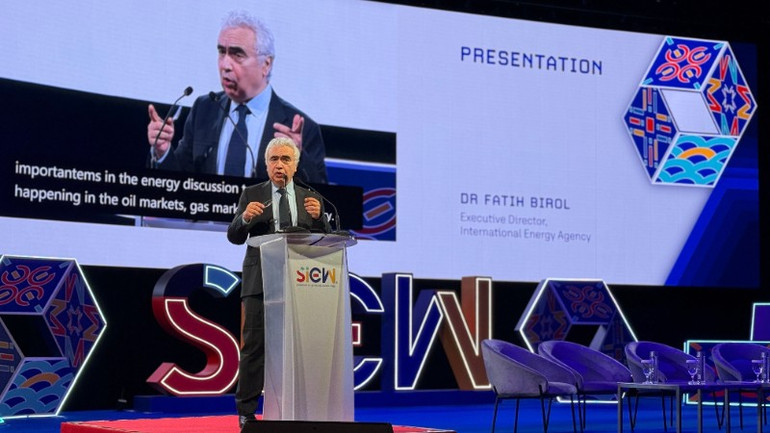
The proportion of renewable energy in the ASEAN region has reached 33.5% of total installed capacity and 14% of total primary energy supply in 2023. The region's target in 2025 is 35% and 23% respectively. Mr. Birol commented that Vietnam, Thailand, and Indonesia are three Southeast Asian countries with great prospects, with rapid growth especially in solar energy development.
In the National Power Development Plan for the 2021-2030 period, with a vision to 2050 (Power Plan VIII) recently approved by the Prime Minister, Vietnam will prioritize the strong development of renewable energy sources for electricity production, reaching a rate of about 30.9-39.2% by 2030, aiming for a renewable energy rate of 47%, provided that the commitments under the Political Declaration on the Establishment of the Just Energy Transition Partnership with Vietnam (JETP) are fully and substantially implemented by international partners. By 2050, the renewable energy rate is expected to reach 67.5-71.5%.
On the other hand, delegates at the opening ceremony all mentioned the need for nuclear power. Mr. Rafael Mariano Grossi, Director General of the International Atomic Energy Agency (IAEA), also said that nuclear power can certainly support the Southeast Asian region, reduce dependence on imported fuel and provide a stable power source.
The Singapore International Energy Week (SIEW) is an annual event hosted by the EMA. This year's theme for SIEW is "Envisioning Energy Tomorrow, Building Systems Today." Mr. Tan See Leng called it a commitment and a call to action. He called for strong collaboration between Southeast Asian countries, international agencies such as the IEA, IAEA, IRENA (International Renewable Energy Agency) and other partners. "Let's be part of writing this important chapter and be part of this journey." SIEW 2025 runs from 27 to 31 October.
Mr Grossi said the IAEA could support ASEAN countries with expertise, training and advice on the legal framework for security and safeguards for the deployment of nuclear energy. Last July, the IAEA organized a training course for Southeast Asian experts in Bangkok, Thailand, aimed at building the skills needed to deploy these technologies safely and effectively.
According to the IEA, nuclear power has made a stronger comeback in recent times and small nuclear reactors (SMRs) will be commercially viable by 2030. Many Southeast Asian countries are also considering developing nuclear power in their strategies, such as Vietnam, Indonesia, the Philippines and Singapore.
As the host country representative of SIEW, Mr. Tan See Leng commented that nuclear energy will be a potential, safe and cost-competitive option in Singapore. Currently, Singapore has established specialized nuclear energy teams in key agencies, including the Office of Nuclear Energy (in EMA) and the Nuclear Safety Division (in NEA). Singapore also signed a 123 Agreement with the United States in July last year and a similar cooperation agreement with France in May this year in this field.
Promoting regional grid initiatives
Discussions at SIEW on the morning of October 27 showed a consensus on the need for interconnection in the region’s energy future. “We cannot do it alone,” Mr. Tan See Leung urged. Mr. Tan affirmed that promoting the ASEAN power grid initiative is key to tapping the region’s vast renewable energy potential. “Interconnection is the way to bridge the gap between renewable resources (which are often far from the demand center) and consumers.”
ASEAN’s vision of energy cooperation is highly feasible because Southeast Asia already shares a dense network of undersea telecommunications cables connecting digital economies.
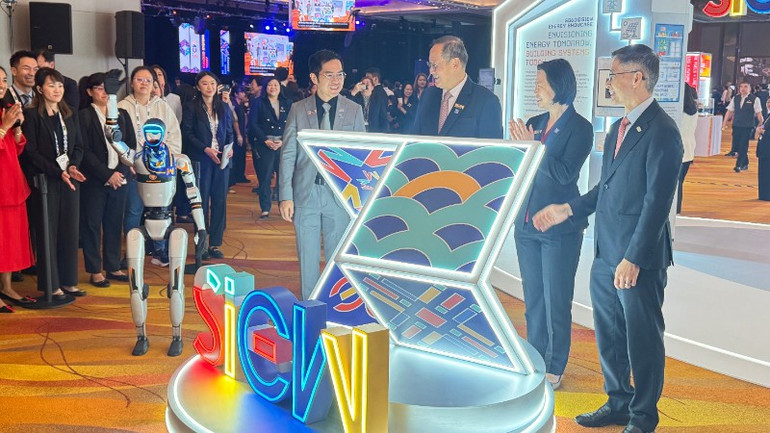
The grid initiative also has the backing of experts. Dr. Fatih Birol of the IEA said that “building a grid in the region is a very important economic opportunity, economically safe, energy secure and climate resilient.”
Southeast Asian countries have made significant strides in cross-border e-commerce in recent times.
The 43rd ASEAN Energy Ministers Meeting (held from October 14-17 in Kuala Lumpur, Malaysia) also approved many important initiatives such as the ASEAN Power Grid Enhancement Memorandum of Understanding (APG) and the ASEAN Petroleum Security Agreement (APSA), and the ASEAN Energy Action Plan (APAEC) for the period 2026-2030. One of the highlights of AMEM-43 was the launch of the ASEAN Power Grid Financing Facility (APGF), a joint initiative between the Asian Development Bank (ADB) and the World Bank (WB) to support cross-border power grid projects.
In addition, ASEAN also completed the Long-Term Roadmap on Renewable Energy (RE-LTR), which focuses on a number of sources such as solar, hydropower, and wind, and agreed on some contents of new frameworks on energy efficiency, transnational submarine power cables, and civil nuclear energy.
In e-commerce, Singapore, Indonesia, Vietnam, Cambodia and Australia have also signed cooperation agreements (through MOUs) and made progress.
The Singapore International Energy Week (SIEW) is an annual event hosted by the EMA. This year's theme for SIEW is "Envisioning Energy Tomorrow, Building Systems Today." Mr. Tan See Leng called it a commitment and a call to action. He called for strong collaboration between Southeast Asian countries, international agencies such as the IEA, IAEA, IRENA (International Renewable Energy Agency) and other partners. "Let's be part of writing this important chapter and be part of this journey." SIEW 2025 runs from 27 to 31 October.
Source: https://nhandan.vn/asean-dinh-hinh-tuong-lai-nang-luong-post918426.html


![[Photo] National Assembly Chairman Tran Thanh Man receives Chairman of the House of Representatives of Uzbekistan Nuriddin Ismoilov](https://vphoto.vietnam.vn/thumb/1200x675/vietnam/resource/IMAGE/2025/10/27/1761542647910_bnd-2610-jpg.webp)


![[Photo] Party Committees of Central Party agencies summarize the implementation of Resolution No. 18-NQ/TW and the direction of the Party Congress](https://vphoto.vietnam.vn/thumb/1200x675/vietnam/resource/IMAGE/2025/10/27/1761545645968_ndo_br_1-jpg.webp)
![[Photo] The 5th Patriotic Emulation Congress of the Central Inspection Commission](https://vphoto.vietnam.vn/thumb/1200x675/vietnam/resource/IMAGE/2025/10/27/1761566862838_ndo_br_1-1858-jpg.webp)

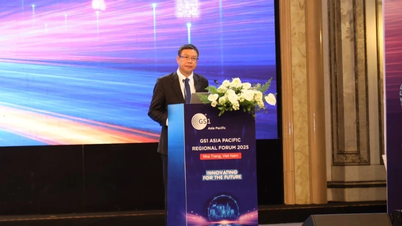


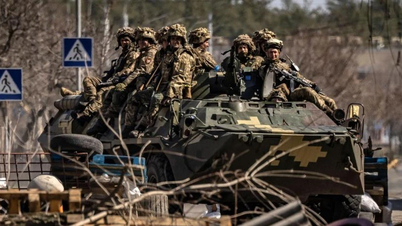

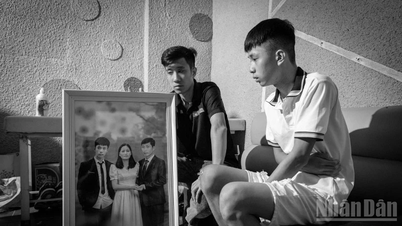
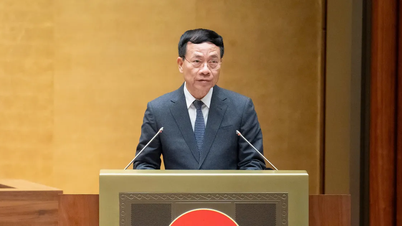






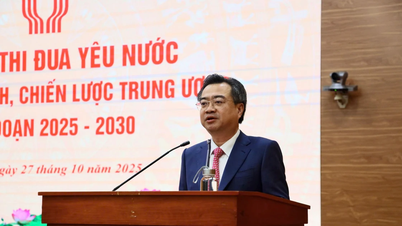
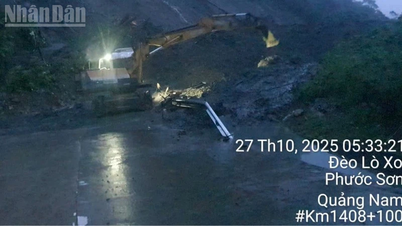
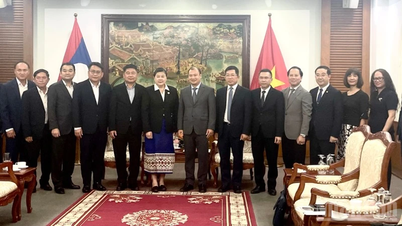
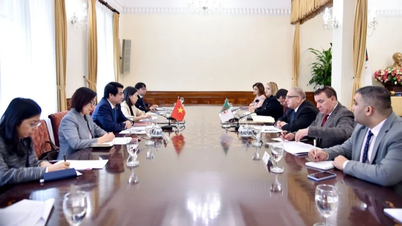
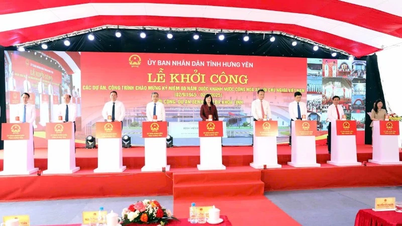










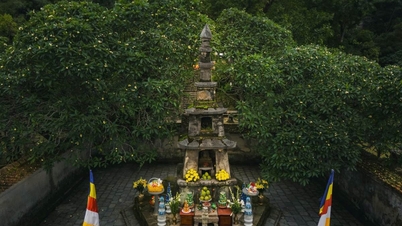

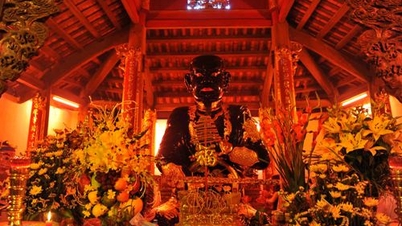

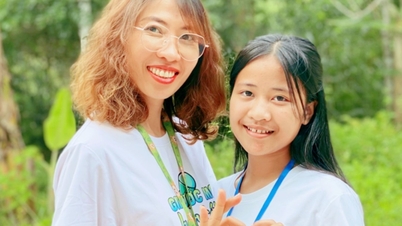




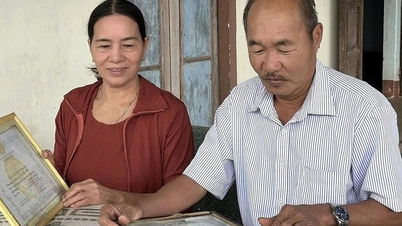
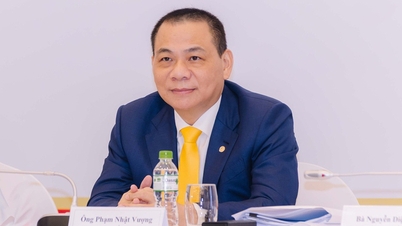


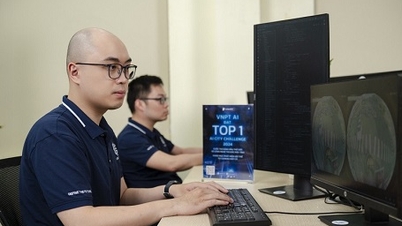



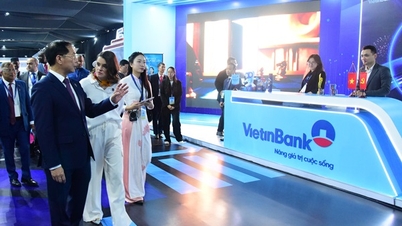
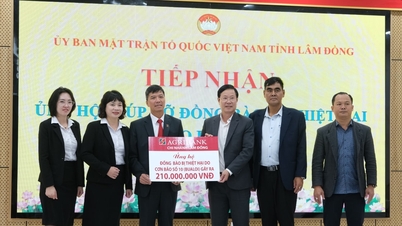



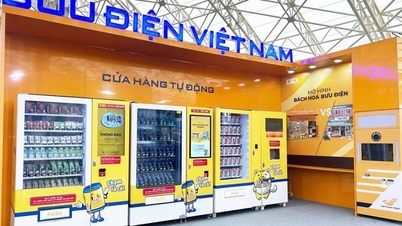







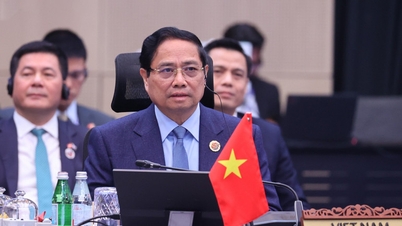
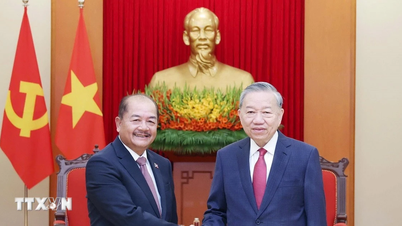

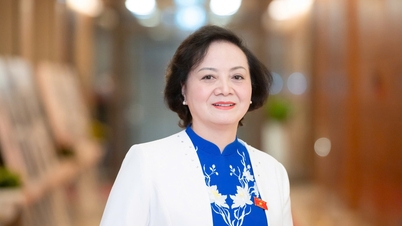

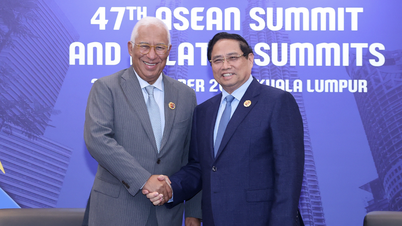
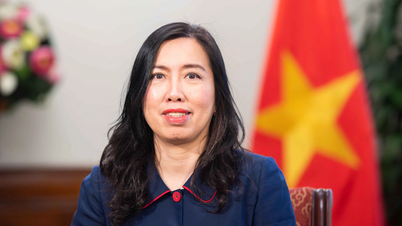
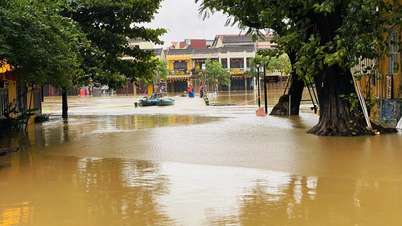
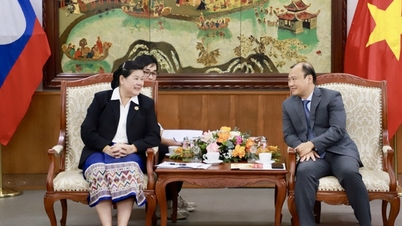

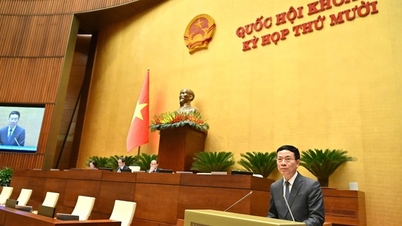
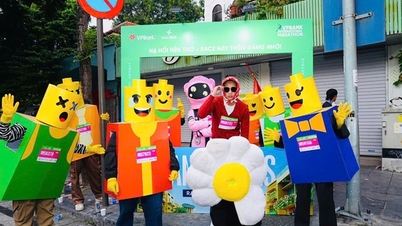
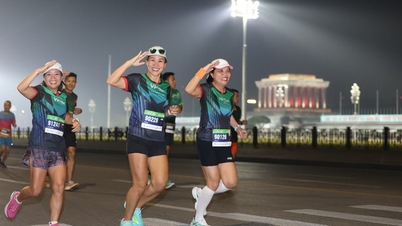
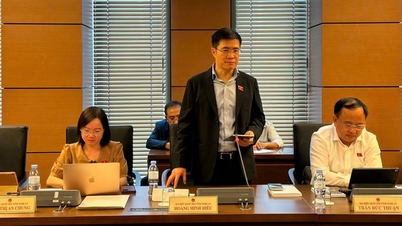
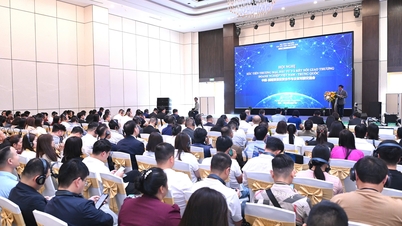

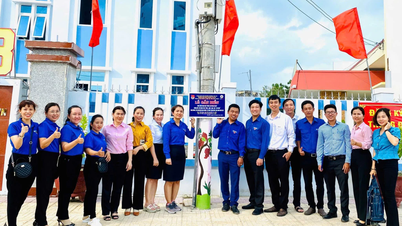

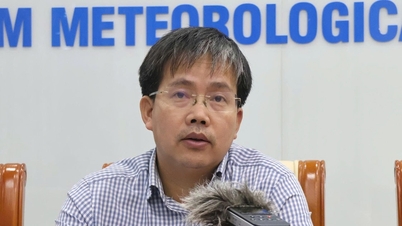

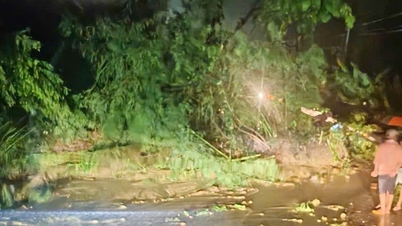


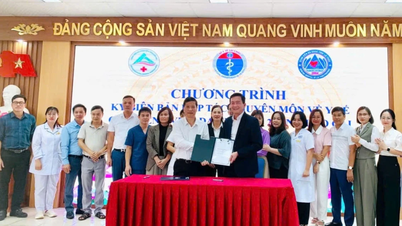

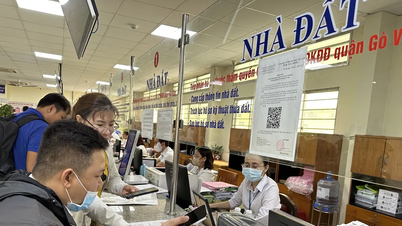















Comment (0)